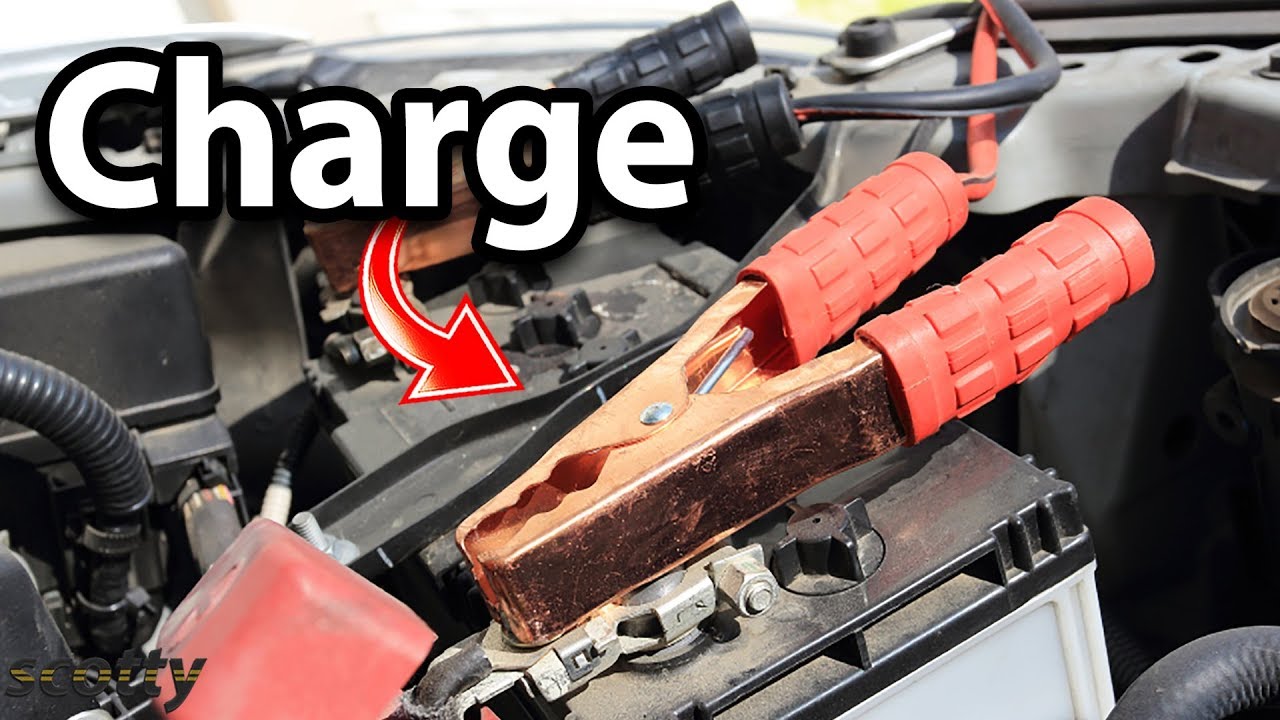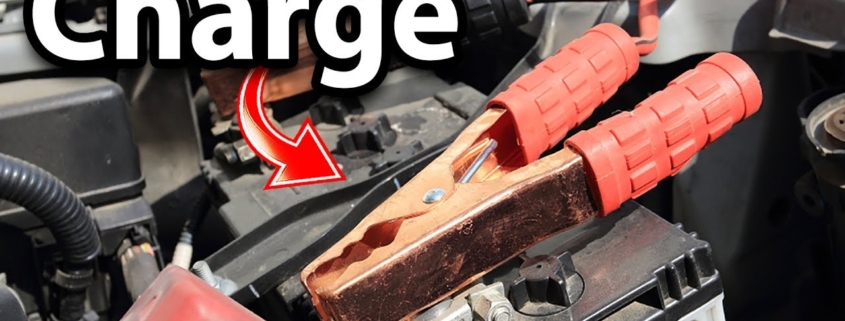What is a Battery Charge? The Complete Guide to Understanding Battery Power
Here’s the thing: Most people use batteries every single day. But ask them “what is a battery charge?” and you’ll get a lot of blank stares.
And I get it. Battery technology can seem complicated. But once you understand the basics, it’s actually pretty straightforward.
What is a battery charge? Simply put, a battery charge refers to the amount of electrical energy stored within a battery at any given time. Think of it like a fuel tank in your car – when it’s “charged,” it’s full of energy ready to power your devices.
But there’s more to it than that.
In this guide, as a professional lithium battery pack manufacturer, I’ll break down everything you need to know about battery charges. From the science behind how they work to practical tips for maximizing your battery life.
Let’s dive in.

The Science Behind Battery Charges
Before we get into the nitty-gritty, let’s cover the basics.
A battery charge isn’t just “electricity sitting there.” It’s actually stored chemical energy that gets converted into electrical energy when you need it.
Here’s how it works:
Electrochemical Reactions
Inside every battery, there are chemical reactions happening. During charging, electrical energy from an external source (like your phone charger) forces these reactions to occur.
This process stores energy in the battery’s chemical compounds.
When you use your device, these reactions reverse. The stored chemical energy converts back into electrical energy that powers your phone, laptop, or whatever device you’re using.
Pretty cool, right?
The Key Components
Every battery has four main parts:
Anode (Negative Terminal): Where electrons are released during discharge
Cathode (Positive Terminal): Where electrons are received during discharge
Electrolyte: The medium that allows ions to move between terminals
Separator: Keeps the anode and cathode from touching while allowing ion flow
In 2025, most of the batteries you encounter are lithium-ion batteries. These work by moving lithium ions back and forth between the anode and cathode.
How Battery Charging Actually Works
Now that you understand the basic science, let’s talk about what happens when you plug in your device.
The Charging Process
When you connect your phone to a charger, here’s what happens:
External power forces lithium ions to move from the cathode to the anode
Energy gets stored in the chemical bonds within the battery
The battery management system monitors the process to prevent overcharging
Charging slows down as the battery approaches full capacity
This is why your phone charges quickly at first, then slows down when it gets to around 80%.
Measuring Battery Capacity
Battery capacity is measured in milliampere-hours (mAh) or ampere-hours (Ah).
For example:
A 3,000mAh battery can theoretically deliver 3,000 milliamperes for one hour. Or 1,500 milliamperes for two hours.
But here’s the thing:
Real-world performance depends on lots of factors. Temperature, age, and how you use your device all affect actual battery life.
Types of Charging Methods
Not all charging is created equal. Let me break down the main types you’ll encounter:
Constant Current (CC) Charging
This is the “fast charging” phase. The charger delivers a steady current to quickly add energy to the battery.
Most modern fast-charging systems use this method for the first 70-80% of the charging process.
Constant Voltage (CV) Charging
Once the battery gets close to full, the charger switches to constant voltage mode.
The voltage stays steady while the current gradually decreases. This prevents overcharging and protects battery health.
Trickle Charging
This is a very low-current charging method used to maintain a fully charged battery or slowly charge a deeply discharged one.
You’ll often see this with car batteries or backup power systems.
Factors That Affect Battery Performance
Want to get the most out of your batteries? You need to understand what affects their performance.
Temperature Impact
This is huge.
Cold temperatures slow down the chemical reactions inside your battery. That’s why your phone battery drains faster in winter.
Hot temperatures speed up reactions but can cause permanent damage. Most batteries work best between 32°F and 95°F (0°C to 35°C).
Charging Speed and C-Rating
The charging rate is often expressed as a C-rating. A 1C rate means the battery charges in one hour. A 0.5C rate takes two hours.
Here’s what you need to know:
Faster charging generates more heat and may reduce battery lifespan. Slower charging is generally better for long-term battery health.
Battery Age and Cycle Life
Every time you charge and discharge a battery, it goes through one “cycle.”
Most lithium-ion batteries retain 70-80% of their original capacity after 300-500 full cycles.
But here’s a pro tip:
Partial charging cycles count proportionally. Two charges from 50% to 100% equal one complete cycle.
Best Practices for Battery Charging
Want to maximize your battery life? Follow these proven strategies:
The 20-80 Rule
Keep your battery charge between 20% and 80% when possible.
I know this goes against what many people think. But constantly charging to 100% or letting your battery drain completely can reduce its lifespan.
Use Quality Chargers
Always use manufacturer-approved chargers or certified third-party alternatives.
Cheap, uncertified chargers can damage your battery or even pose safety risks.
Manage Heat During Charging
Remove phone cases during fast charging to improve heat dissipation.
Never charge devices on soft surfaces like beds or couches that can trap heat.
Avoid Extreme Temperatures
Don’t leave your devices in hot cars or try to charge them when they’re very cold.
Room temperature charging promotes optimal battery health and performance.
Understanding Modern Battery Technology
Battery technology has come a long way. Let me break down what you’re likely using in 2025:
Lithium-Ion Batteries
These dominate consumer electronics because they offer:
Alta densidad energética
Low self-discharge rate
No memory effect
Relatively long lifespan
They typically charge to 4.2 volts per cell and should not be completely discharged regularly.
Battery Management Systems (BMS)
Modern devices include sophisticated systems that:
Monitor voltage, current, and temperature
Prevent overcharging and over-discharging
Balance cells in multi-cell battery packs
Provide accurate charge level indicators
These systems are why you can safely leave your phone plugged in overnight without damaging the battery.
Common Battery Charging Myths Debunked
Let me clear up some widespread misconceptions:
Myth: You Must Fully Discharge Before Recharging
Reality: This applied to old nickel-cadmium batteries. For modern lithium-ion batteries, it’s actually harmful.
Myth: Overnight Charging Damages Your Battery
Reality: Modern devices stop charging when full, then use trickle charging to maintain optimal levels.
Myth: Fast Charging Always Ruins Battery Life
Reality: While fast charging generates more heat, modern battery management systems are designed to handle it safely.
Myth: You Should Always Charge to 100%
Reality: For daily use, staying between 20-80% is actually better for long-term battery health.
Safety Considerations
Battery safety isn’t something to mess around with. Here are the key things to watch for:
Warning Signs
Never charge batteries that show:
Visible swelling or damage
Unusual heat during charging
Corrosion or leakage
Cracks in the casing
Heat Management
If your device gets unusually hot during charging:
Disconnect the charger immediately
Let the device cool down
Check for software issues or background apps
Consider having the battery inspected
Proper Disposal
Damaged batteries should be disposed of through appropriate recycling programs. Never throw them in regular trash.
The Future of Battery Charging
Battery technology continues to evolve rapidly. Here’s what’s coming:
Faster Charging Speeds
Companies are developing systems that can charge batteries to 80% in under 15 minutes without significant degradation.
Wireless Charging Improvements
Wireless charging efficiency continues to improve, with some systems now matching wired charging speeds.
Solid-State Batteries
These promise higher energy density, faster charging, and improved safety compared to current lithium-ion technology.
Practical Applications Across Industries
Understanding battery charges isn’t just about your phone. This knowledge applies to:
Vehículos eléctricos
EV batteries work on the same principles but at a much larger scale. Understanding charging curves and battery management helps optimize range and lifespan.
Renewable Energy Storage
Home solar systems and grid-scale storage rely on proper battery management to store and deliver clean energy efficiently.
Electrónica portátil
From laptops to wearables, every device benefits from proper charging practices.
Troubleshooting Common Charging Issues
Having charging problems? Here’s how to diagnose them:
Slow Charging
Check for:
Damaged charging cables
Dirty charging ports
Background apps consuming power
High ambient temperature
Battery Not Holding Charge
This could indicate:
Normal battery aging
Calibration issues
Faulty charging hardware
Software problems
Inconsistent Charging
Look for:
Loose connections
Dirty charging contacts
Incompatible chargers
Temperature fluctuations
Conclusión
So what is a battery charge?
It’s the stored electrochemical energy in your battery that powers your devices. But as you’ve seen, there’s a lot more to the story.
Understanding how battery charges work – from the chemical reactions inside to the best charging practices – can help you get more life out of your devices and avoid costly replacements.
The key takeaways?
Keep your batteries at moderate temperatures. Use quality chargers. Follow the 20-80 rule when possible. And don’t believe everything you hear about battery care.
Battery technology will continue to improve. But these fundamentals will serve you well whether you’re managing your smartphone battery or planning an electric vehicle purchase.
Remember: taking care of your batteries isn’t just about convenience. It’s about getting the most value from your devices while reducing electronic waste.
Now you know exactly what is a battery charge and how to make the most of it.








